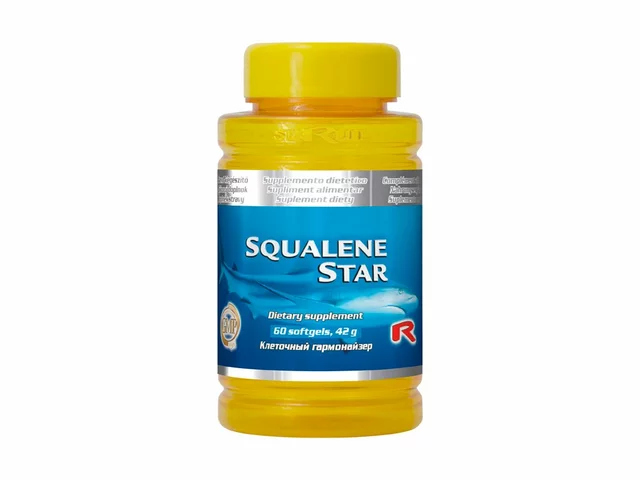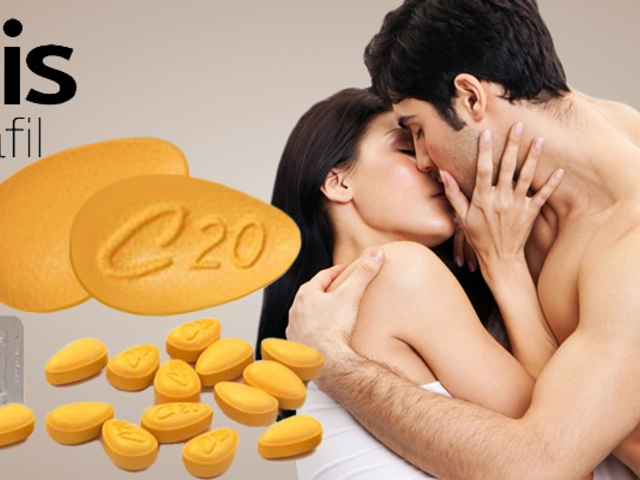Steroid Creams: What They Do and When to Use Them
Steroid creams (topical corticosteroids) calm inflammation, itch, and redness. You’ll see them used for eczema, psoriasis, allergic rashes, and some inflammatory skin problems. They work fast when used correctly, but the wrong cream, strength, or duration can cause problems. Here’s a clear, practical guide so you use them safely and get results.
Know the strengths and common names
Topical steroids come in four basic strength groups: mild, moderate, potent, and very potent. Mild examples: 1% hydrocortisone. Moderate: triamcinolone. Potent: betamethasone. Very potent: clobetasol. Which one your doctor prescribes depends on the area treated, how bad the rash is, and patient age. Face, groin, and skin folds need milder creams. Thick skin like palms and soles sometimes needs a stronger cream.
Quick tip: always check the active ingredient on the tube, not just the brand name. Different brands can contain the same steroid at the same strength.
How to apply them the right way
Wash and dry the area first. Apply a thin layer—enough to cover the rash without rubbing it in deeply. A useful measure is the fingertip unit (FTU): one adult fingertip of cream covers roughly the size of two adult hands. Use the lowest effective strength for the shortest time that controls symptoms.
Avoid stronger steroids on the face, groin, and in small children unless a doctor tells you to. Don’t use occlusive dressings (plastic wrap) unless instructed—occlusion increases absorption and risk of side effects. Wash hands after applying unless you’re treating your hands.
Some conditions need short, repeated courses rather than continuous long-term use. If a rash clears, stop the steroid as directed and monitor. Sudden stopping after long continuous use can cause rebound flares in some cases, so follow your clinician’s taper plan when needed.
Watch for side effects: thinning skin, stretch marks, visible blood vessels, bruising, or increased infections. In children, prolonged use can affect growth or cause systemic effects. If you notice unusual symptoms, stop use and contact your doctor.
When to see a doctor: the rash gets worse, spreads, shows pus or blisters, fails to improve in two weeks, or you’re unsure about the diagnosis. Also seek help if you need repeated steroid courses—this may mean a different treatment is a better long-term plan.
Buying steroid creams online: only use licensed pharmacies and provide a prescription if required. Check the pharmacy’s contact info and reviews, confirm the product’s active ingredient and expiry date, and avoid unusually cheap or foreign-sourced tubes with no paperwork. When in doubt, ask a pharmacist.
Steroid creams are powerful tools when used right. Use the correct strength for the area, follow application rules, watch for side effects, and check with your healthcare provider if things aren’t improving. That keeps your skin safe and gets you relief faster.

Dermatology-Recommended Hydroxyzine Alternatives for Itching Relief: Meds & Creams Explained
Discover dermatologist-approved hydroxyzine alternatives for itching relief, including oral meds, topical creams, and non-drug options. Expert facts and tips.
Detail




